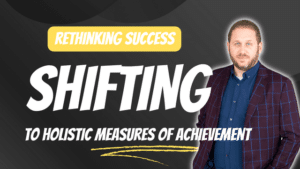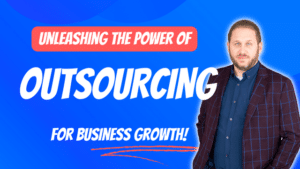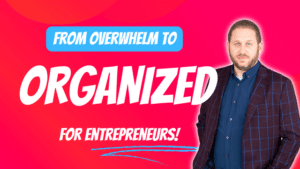Doing the same thing over and over again and expecting the same result is the definition of insanity. Why do organizations continue to make employees complete tasks and assignments that provide no value? Leaders and organizations often get stuck in their ways, failing to evolve their management style and approach. Many leaders express frustration about being unable to tackle specific projects, stating that they lack time to do so. I’ll argue that most have the time; it just depends if they prioritize it or not. If they genuinely don’t have time, then an exercise to eliminate waste and non-value added tasks are needed. It’s time to get out those scissors and cut on-value-added activities to drive continuous improvement.
Customer & Value
The essence of Continuous Improvement is about increasing value for your customers. It’s important to note that the term “customer” can take on different meanings, though. For most organizations and teams, the customer is external, whereas, in others, they are internal. As a leader, I believe that my customers are my employees. Improving their experience is the number one goal. By focusing on reducing wasted effort while incrementally improving effectiveness, only value-added work remains. The value produced through any activities must enhance either the customer or employee experience, or the effort isn’t worth doing.
It isn’t worth doing if a customer isn’t willing to pay for that additional effort, as it is just waste.
Eliminating Waste & Non-Value Added Tasks
When talking about continuous improvement, it is essential to talk about waste. Waste is defined as anything that does not provide value to the customer. You could also think about waste as an obstacle that gets in the way of delivering value to customers too. I have also challenged team members to look at waste as anything that annoys you.
Waste identification and elimination are the basis of Lean Continuous Improvement thinking. Being aware of the 8 forms of waste combined with trying to eliminate them can help with driving positive changes.
While the definitions and description vary depending on the source, for the purposes of this resource, the 8 forms of waste are as follows:
Motion: Unnecessary or excessive movement by people within the workspace
Examples:
- Searching for files on a computer
- Unnecessary button clicks
- Walking to and from a printer
- Moving from meeting room to meeting room
Over-Production: Producing more of something than is required or before it is needed
Examples:
- Producing reports that no one uses
- Emailing or replying to everyone
- Making extra copies, just in case
- Over-staffing resources beyond what’s needed
Extra-Processing: Doing more work than necessary, potentially at a higher quality or quantity than required
Examples:
- Collecting un-used information or data
- Excessive reporting
- Using multiple systems to accomplish tasks
- Multiple signatures and signoffs
Waiting: Wasted time spent waiting for the next step in a process or for information to arrive
Examples:
- Waiting on approvals or signatures
- Attendees being late to meetings
- System delays or slowness
- The flow of information slowdowns
Defects: Mistakes, errors, or efforts caused by incorrect information or quality concerns that need to be reworked
Examples:
- Defective products
- Missing or incorrect information
- Design errors
- Data entry mistakes
Inventory: Having excess products or materials that are not being processed or used by the customer
Examples:
- Excessive supplies
- Equipment, files, and resources piled up
- Excessive emails in someone’s inbox
- More content than necessary on a webpage
Transportation: Unnecessary movement of products, materials, or information
Examples:
- Moving items in and out of storage
- Multiple approval handoffs
- Poorly designed layouts, requiring people and resources to move more than necessary
- Excessive document filing
Under-utilized Talent: Not using the talent of employees, team, or organization to their fullest capabilities and potential
Examples:
- Not providing professional development
- Not aligning tasks with strengths
- Limited empowerment, authority or responsibility
- Failing to solicit feedback or ideas from members who do the work
Eliminating Waste and Non-Value Added Tasks is Fun
Eliminating waste is incredibly fun and exciting. Free up capacity, and allow more value-added activities to be tackled. Involving others, including your team in finding ways to eliminate, will also help establish more productive processes, products, or experiences. Doing so will also help improve employee engagement, as it will further link performance to the purpose for everyone involved. Eliminating waste is about getting rid of what bugs or annoys you. Continually hunt down opportunities to cut down on re-work, listening for pain points that frustrate team members.
Final Thoughts
I challenge you to look at your own world, both personally and professionally, to see various types of waste. I guarantee you that once you better understand and recognize the 8 forms of waste you will start to see examples everywhere – both in your work and home life.
Work to determine the root causes of waste. Eliminate them. Doing so will not only make you, your team, and organization more productive and useful, but it will also help to drive better customer experience. You’ll also experience the added benefit of being a game-changer and someone who continually evolves your management style.
For a regular dose of advice, tips, and tricks from Evolving Management, follow us on our company LinkedIn page. You can also follow me or my podcast, The Chris Hanna Show on Twitter, Instagram, and LinkedIn or visit chrishanna.ca for more solutions. Let’s connect.





